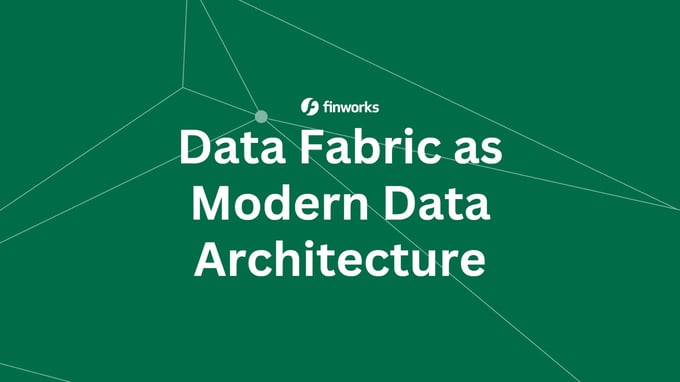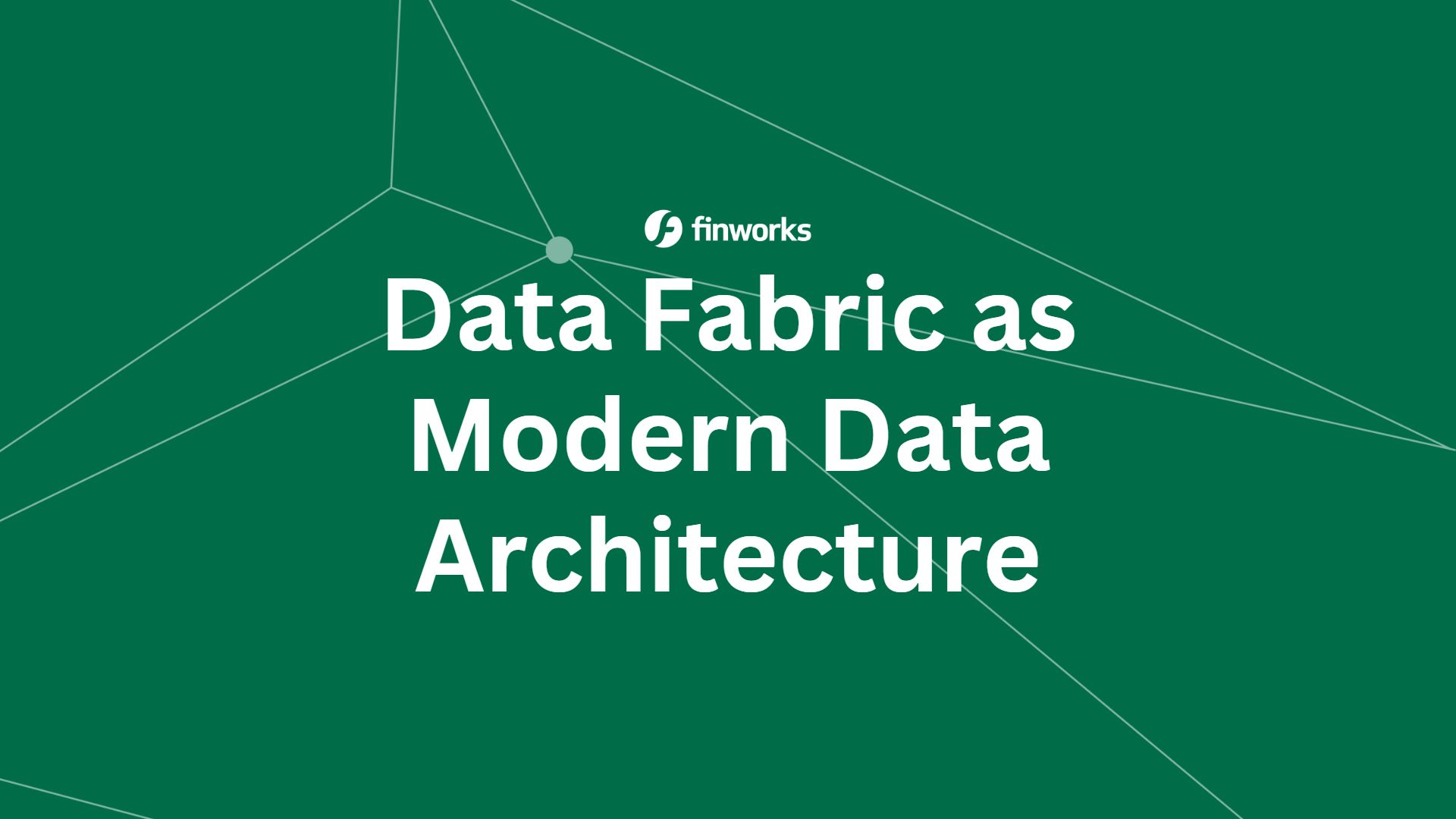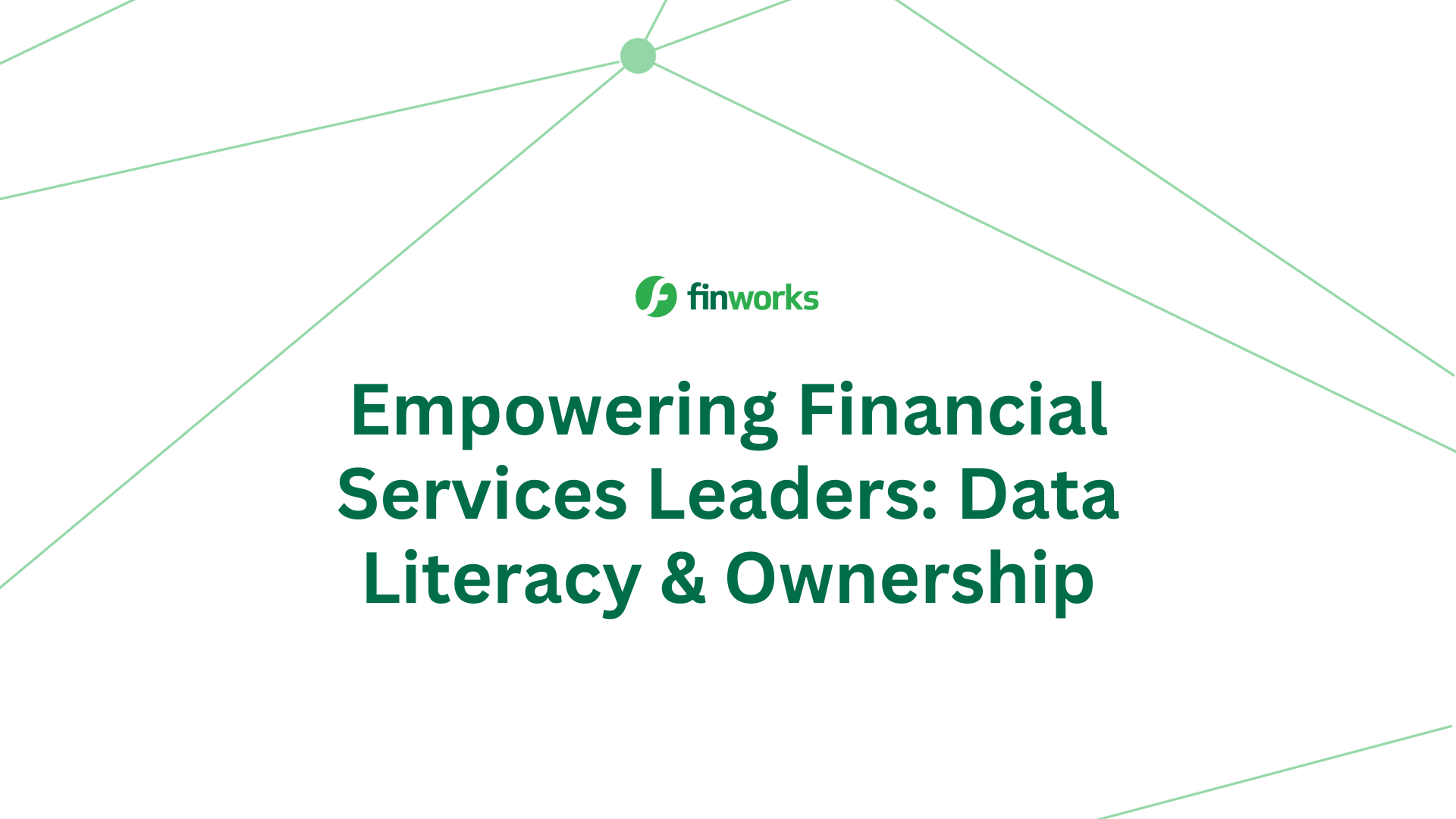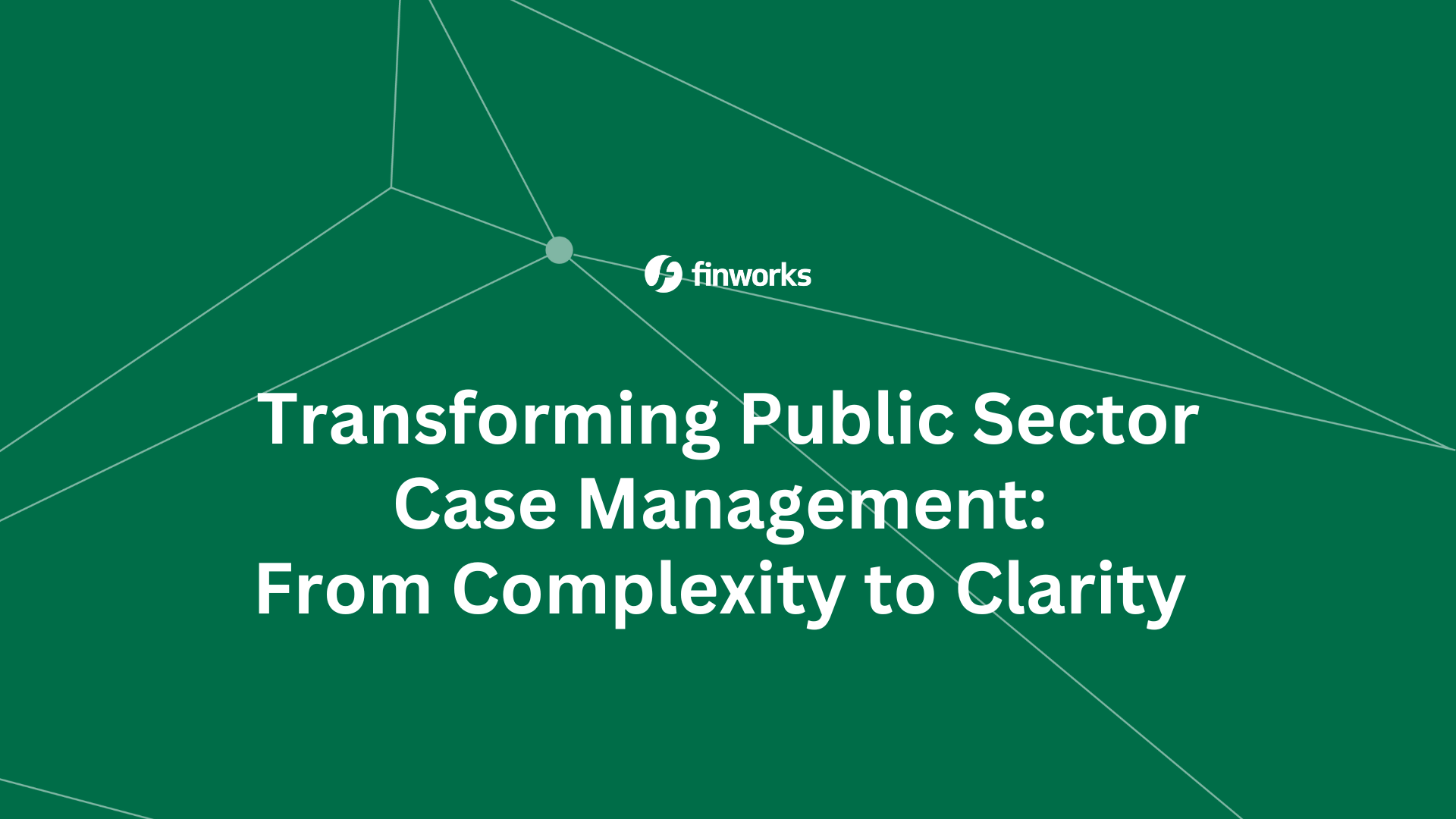Data Fabric as Modern Data Architecture
Data Fabric as Modern Data Architecture
In today's data-driven world, data has become valuable, and organisations that rely on data for decision-making are reconsidering their data strategy. Modern data architecture will help you build a scalable data lake and use a diverse set of purpose-built data services that offer the performance required for use cases such as low latency analytics, interactive dashboards, data monitoring, big data processing, and data warehousing.
This is precisely where data fabric comes in since it addresses this issue for businesses. It offers a modern architecture that enables consistent data throughout the whole organisation. Here we will discuss how to create systems that can grow to suit business needs and manage today's data-intensive workloads.
What is Data Fabric?
For many companies, data is gathered in silos and typically kept in ways that make it hard to derive value from the data. Data fabric is a design approach and set of technologies that allow you to break down data silos and quickly distribute data to consumers regardless of location, type, or volume.
Data fabric is a modern architecture that combines vital data management technologies—such as data catalogue, data governance, data integration, data pipelining, and data orchestration. The organisation may then optimise the data for quick insights. It also helps in the reduction of data inconsistency and compliance risk, as well as the improvement of data quality.
According to Gartner, "data fabric" is a "Top Strategic Technology Trend for 2022." By 2024, 25% of data management providers will offer a comprehensive system for data fabric, up from 5% today. Finworks also believes that the ultimate goal of data fabric is to maximise the value of your data and accelerate digital transformation.
Why Use Data Fabric?
Data fabric allows businesses to maximise the value of their accumulated data across a local, hybrid cloud, and multi-cloud environment. A data fabric improves efficiencies, management, and organisational processes by modernising storage and data management.
Business drivers
Automated data workflow handles data quickly and effectively, leading to considerable time savings. Users may also obtain a real-time, 360-degree picture of their data with automated pipeline management. For example, whether users want to understand their consumers or supply chains better, a data fabric gives a unified view with access to all data points.
Data fabric also reduces expenses by lowering the total cost of ownership (TCO) of scaling and maintaining legacy systems rather than updating them incrementally.
Data management drivers
Data processing, cleansing, transformation, and enrichment are time-consuming and repetitive tasks. Much of this load is reduced by automating data preparation.
A well-designed data fabric architecture can also sustain substantial scalability since data can be kept on-premises, in a multi-cloud, or a hybrid environment. A well-designed architecture allows companies to store data where it is most efficient and cost-effective without losing access.
Organisational drivers
Users could get more value by developing a uniform and standard data language. A data fabric creates a semantic abstraction layer capable of translating data complexity into simple business language. Data is more valuable to people who do not have much data training and expertise.
Data-driven decisions made at the speed of business
According to Gartner, effective decision-making must be connected, contextual, and continuous to drive positive results in today's complex and disruptive corporate settings. With data fabric allowing self-service data handling and automating time-consuming manual data management operations, both of which are essential for real-time or near-real-time decision-making, adoption becomes a matter of "when" rather than "why."
Increased data quality
Data fabric has built data quality into every stage of the data management process starting with discovering and ingesting data. Utilising data fabric for data management and assigning responsibilities for data cleansing, or needing to track data history to assure compliance and quality. Data fabric lets IT and the business share and communicate quality data through self-service data management.
Enhanced data security
Structured and unstructured data repositories may store sensitive information, such as databases, data warehouses, big data platforms, and cloud environments. Data security does not have to suffer due to increased data access. More controls around access restrictions ensure that certain data is only accessible to specified roles. The use of data fabric architectures reduces the risks associated with data exchange.
Data Fabric Architecture
A data fabric architecture is organised into five stages:
Stage 1: A system or human collects data frequently in real time. It may be a customer care agent talking on the phone. A transactional database might be used. It might also be a robot or IoT device with a sensor that captures a continuous stream of data.
Stage 2: The data collected in Stage 1 is processed and entered into the database. This involves using the extract, transform, and load (ETL) or, more recently, extract, load, and transform (ELT) tools and procedures. Various deduplication and data cleaning methods are also used to assure data quality at this step. These are crucial because the single most significant issue with data is that it is filled with errors, which may occur due to manual input, sensors giving incorrect information, or a person or device getting disconnected from the network, generating gaps in the data. This is where validation and monitoring processes are deployed.
Stage 3: The information is saved in a database, data warehouse, or data lake. At the same time, streaming data is transferred from the source to the final data repository.
Stage 4: The data is processed, optimised, and, most critically, virtualised for use in a data fabric. This is the so-called "last mile" of data delivery to consumers. It is when you need to conduct a lot of data management, such as master data management (MDM), metadata management, and reference data management. At this level, data science AI models are integrated into the fabric because data scientists synthesise and produce new data based on observations made from existing data.
Stage 5: The data is presented to users via tools that allow them to explore, search, and manage it. Visualisation tools, notebooks, as well as data catalogues and storage, are among these tools. Data can be shared downstream.
Advantages of a data fabric architecture
Data fabric has many advantages over other methods of data management, such as data integration, data hubs, and data lakes, including:
- Enhanced data management: Allowing data to be automatically collected, validated, and enriched - without the need for transformation scripts or third-party tools.
- Enhanced data connectivity: Innovative engines are used to manage and synchronise data, with complete SQL support and an incorporated web services layer.
- High levels of consistency, reliability, and accessibility: Meeting enterprise demands by using a reliable database layer and processing engine.
- Excellent performance: Using an architecture that allows each query to be done on a minimal amount of data and in-memory processing.
- High security: A robust, multi-key encryption engine eliminates the risk of large data breaches.
Data fabric architecture and capabilities
A well-designed data fabric architecture is flexible and capable of supporting huge-scale, distributed multi-cloud, on-premise, and hybrid deployments.
Enterprise intelligence
The data fabric architecture simplifies data consolidation from internal and external sources, allowing businesses of all sizes to have a visualised perspective of their operations with drill-down and drill-through capabilities.
Operational intelligence
The data fabric architecture facilitates the delay-free transfer of massive amounts of transactional data, security logs, clickstream data, and so on into storage repositories and subsequently to analytics, data science, and visualisation tools for further use.
Regulatory compliance
Data fabric offers automatic data asset classification and sensitive data discovery and filtering. This can be augmented with AI-enabled data governance policy enforcement. Using the data fabric's strong data governance features, you can also trace where it originates from, how it was collected, who accessed it, when, and so on.
Data marketplace capability
Data lineage, historisation, a catalogue-based knowledge graph of business data, dynamic metadata management, and governed self-service capabilities make data fabric into an internal search engine to which any authorised party can access and obtain reliable and approved data.
Why Use Finworks Data Fabric Solution
Finworks has spent over two decades focusing on solutions that enable our clients to build stronger, faster, and more efficient data infrastructures. Our goal is to deliver the correct data and applications to the appropriate location at the right time with the right capabilities. When it comes to your industry, we will understand your objectives and then help you get there with a data fabric architecture for simplicity and agility.
Finworks data fabric ingests data from any source, discovers data, and transforms it in milliseconds for delivery to any endpoint. It ensures that your data is appropriate for use when and where it is required, and that it is in the correct format for further consumption.
Finworks data fabric's metadata capabilities extend beyond record keeping and traceability, empowering to accumulate and manage a growing capital stock of knowledge and data assets relevant to the organisation's goals of interest.
Continuous confidence in the solution is based on the amount of automation and consistency that can be accomplished at each step of the data/knowledge value chain, from acquisition, quality assurance and enrichment through exploitation, publishing, and distribution.
Contact Us to learn more about the scalable, performance-focused architecture for your intense computing workloads and data storage requirements.




